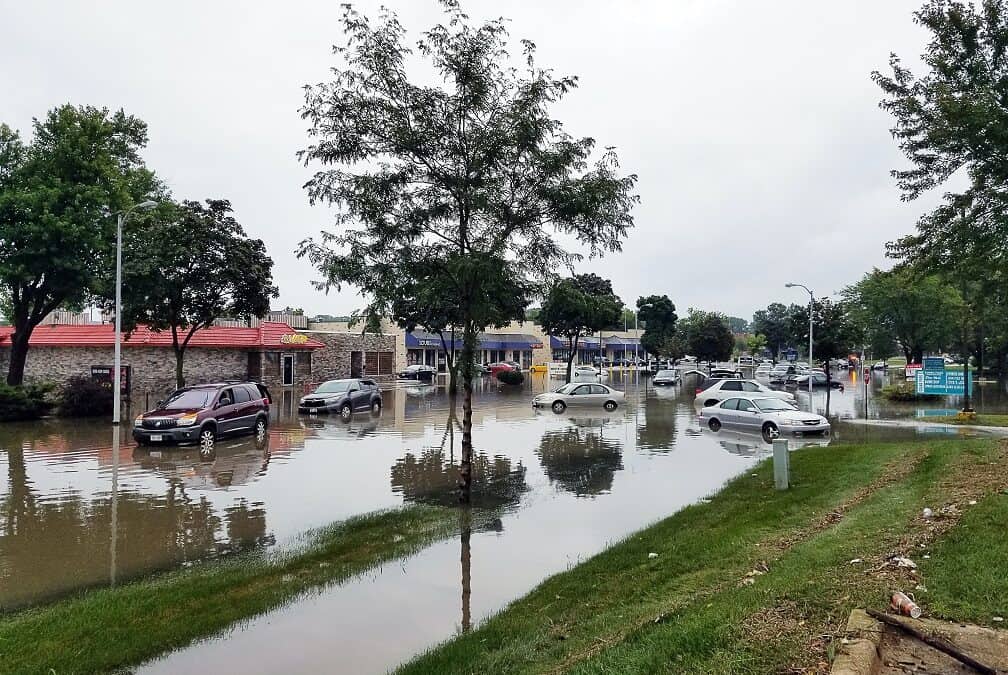Few things can make your heart sink faster than coming home and finding a pool of stagnant water on the floor. It can be a nightmare for any homeowner. Thankfully, water restoration isn’t a hopeless cause.
Provided you hire the right team of professionals, you can salvage your home and get it back in order. For starters, click here to go on Robinson Restoration‘s website and discover why they’re a go-to service provider in Seattle, WA. But how long does water restoration take?
Well, it depends. Several factors may influence the timeline of a water restoration project. Generally speaking, however, you should expect the entire process to take anywhere from four days to a week or more. Let’s break down the variables that could impact the restoration efforts, including how long it’ll take.
1. Type of Damage
The waiting period for water restoration can appear to stretch on forever. And the longer it takes to complete, the more likely you could go a little stir-crazy. Nonetheless, your property’s damage can dictate how long you’re stuck in limbo.
For example, restoration of a flood-damaged property takes less time compared to dealing with issues caused by sewer backup. For a start, the latter requires you or your service provider to actively follow various health regulations – this extends the process.
Even if you think that merely drying out a flooded area and sanitizing it is sufficient, you should consider safety. Extra attention is necessary if contamination exists. Likewise, a freshwater damage incident is easier and quicker to address than the effects of black water, which is considered a Category 3 and can be incredibly hazardous.
2. Time of Year
Winter months can make it harder to achieve desired results in less time. Basically, cold weather slows the drying process – meaning you might have to wait longer for your home or business to be restored to normal. Furthermore, snow on the roof or other areas of the property creates additional moisture issues you may have to address before restoration takes place. Consequently, the repair may take longer.
Conversely, warmer months create drier conditions and speed up water restoration. However, heat and humidity can contribute to mold or mildew growth if the area isn’t properly cleaned and dried first. Hence, the service provider must be extra vigilant and take the proper steps to ensure contamination doesn’t occur.
3. Extent of Damage
Besides the amount of water, the size of the affected area can also determine how long it’ll take to dry. Also, how extensive is the damage? Has the water spread throughout the entire property?
If your drywall starts to crumble or your floor warps due to saturation, it may take longer to complete the job. You or your service provider must first assess the damage and figure out a plan of action – this could range from removing saturated carpets or insulation to replacing or reinforcing damaged structures. Similarly, you must take additional safety precautions if your electrical wiring is affected.
4. Duration of the Incident
Generally, the longer water has been sitting, the harder it is to remove. Usually, if it has been sitting for over 48 hours, the water will have made its way into other spaces and materials. Your service provider may need to take extra steps to eliminate all traces of moisture. Additionally, if you delay addressing the issue, you may face additional damage, leading to increased repair costs and a more extended restoration period.
Also, if the damage affects your valuables, the time it takes to dry or restore them adds to the total rehabilitation time. For instance, drying documents requires specialized techniques to avoid further damage.
You may also need to replace furnishings or dry carpets. If the restoration implies repairing damaged sections, it could be a month before your home is inhabitable.
5. The Building’s Age
An older building or home may experience a longer timeline compared to newer constructions. Older properties tend to have more porous materials, making water removal or drying harder.
What’s more, deteriorated pipes or poor insulation can cause the water to spread over a wider area, leading to extended downtime. It might also be challenging to trace an older home’s drainage plan, further compounding the issue as restoration professionals take longer to locate the source of the damage – in case of a leak – and determine the extent of the damage. Learn about types of plumbing system
The sooner you take action, the quicker you can restore or repair your home or business. Even so, bear in mind that various variables typically impact the water restoration timeline. That way, you can think ahead and have a more accurate estimate of the duration to return your property to normalcy.

Recent Comments